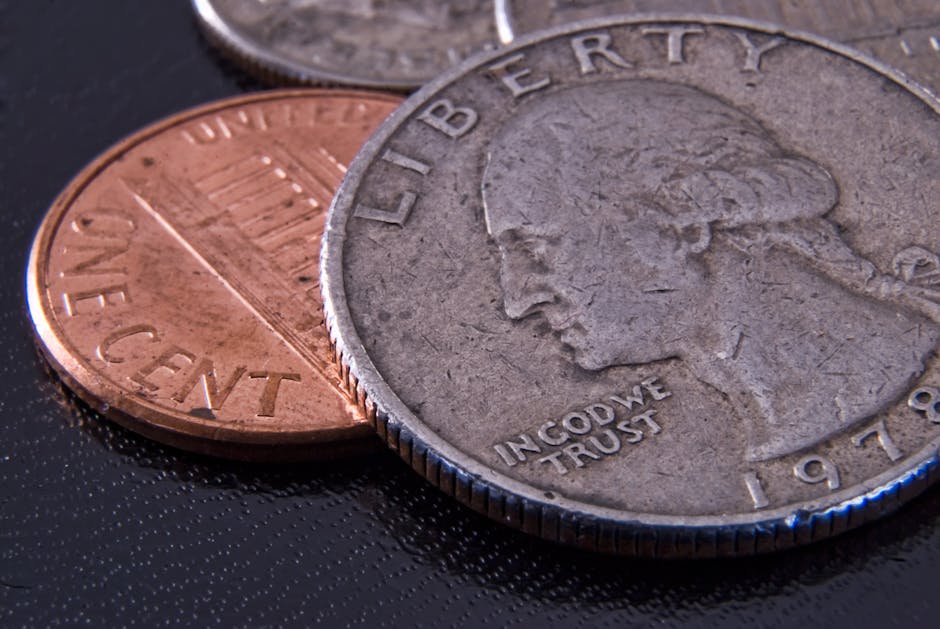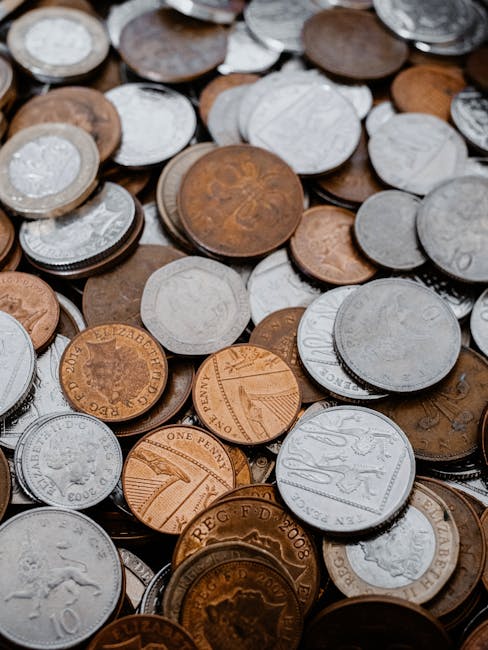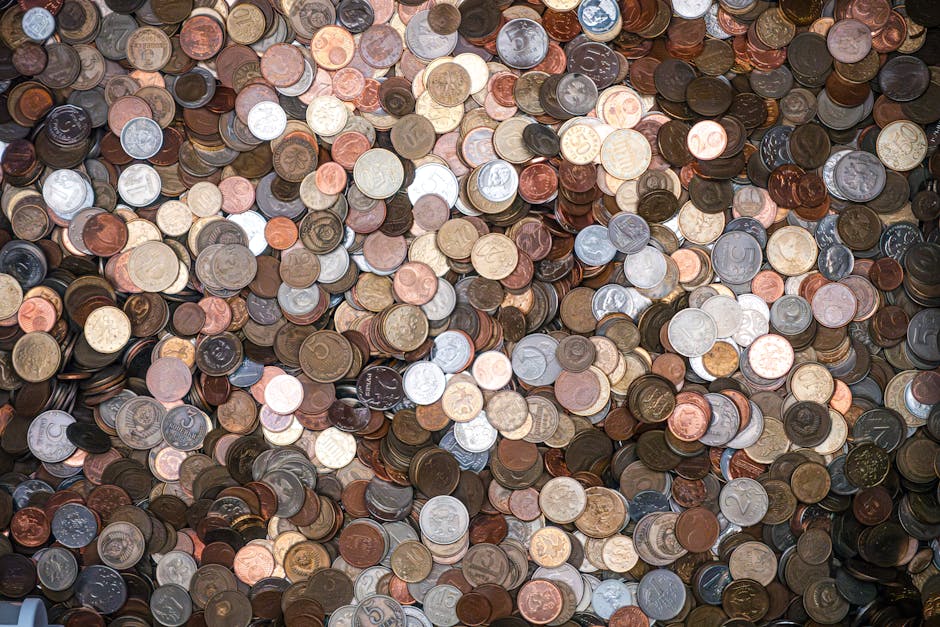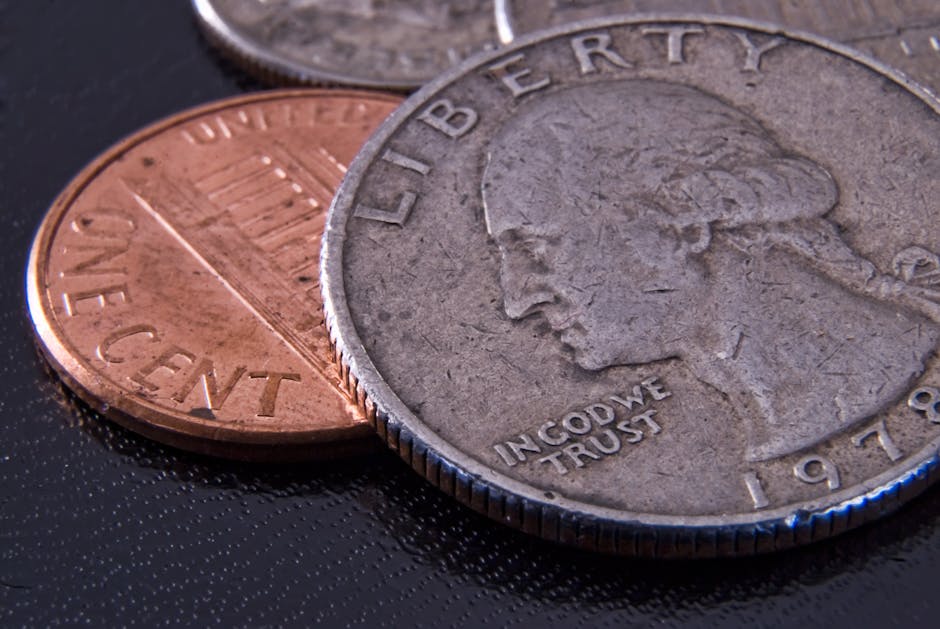A Humble Beginning: The History of the US Penny
The penny, officially known as the one-cent piece, holds a unique place in American history and numismatics. Its journey from humble beginnings to its current status as a rarely used, yet ubiquitous coin is a fascinating story. First minted in 1793, under the authority of the newly formed United States Mint, the penny has undergone numerous design changes, metal compositions, and periods of both popularity and near-obsolescence. Understanding its history is key to appreciating its significance today.

The Early Years: Copper and Controversy
The initial 1793 penny, designed by Robert Scot, featured a rather crude depiction of Liberty and was struck in pure copper. The size and weight varied considerably during this early period, reflecting the nascent technology of the Mint. These early pennies are highly sought after by collectors due to their historical significance and often poor condition resulting from extensive circulation and handling. The early years saw constant experimentation with design and production methods, leading to inconsistencies that collectors now find intriguing.
Early on, the penny faced challenges. Its small size and low value made it prone to loss and damage. The copper content frequently resulted in the coin’s rapid deterioration. The value of copper itself fluctuated considerably, impacting the overall cost of producing the penny. Despite these challenges, the one-cent coin quickly became integral to the American economy.
The Evolution of the Penny: From Copper to Zinc
The composition of the penny has changed significantly over time. While initially pure copper, the rising cost of copper prompted modifications. During periods of war or economic hardship, the government reduced the copper content or used alternative metals to maintain affordability. These changes, while often economically necessary, produced noticeable variations in the appearance and weight of the penny, a fact prized by many collectors.
The Transition to a Copper-Nickel Core
In 1857, the penny’s composition was altered. A bronze planchet consisting of 95% copper and 5% zinc or tin was introduced to provide increased durability. This change created a more resilient coin that better stood up to circulation and helped resolve earlier issues of rapid wear. Although aesthetically different, this version provided a more reliable currency for daily transactions.
The Zinc-Coated Steel Penny of World War II
World War II brought about another significant change. Due to the war effort, copper was needed for other essential war materials. The Mint responded by issuing a penny made of zinc-coated steel from 1943 to 1945. These steel pennies have a noticeably different appearance from their copper counterparts and are among the most popular variants among collectors.

The Modern Penny: Zinc with Copper Plating
In 1982, the composition of the penny was changed to its current form: a zinc core with a copper plating. This change significantly reduced the cost of production while maintaining the familiar look and feel of the copper penny. However, this shift also sparked considerable debate, with some arguing that the reduced copper content diminished the coin’s value and aesthetic appeal.
Collecting Treasury Pennies: A Numismatist’s Delight
The variety of designs, metals, and production techniques used throughout the penny’s history has made it a highly collectible coin. Collectors focus on different aspects, some on specific years, others on mint marks (the small letter or symbol indicating the mint where the coin was produced), and many on error coins with unique markings or flaws.
Key Considerations for Penny Collectors
- Grade: The condition of a penny heavily influences its value. Professional grading services assess the wear and tear on coins, assigning numerical grades that reflect their condition.
- Mint Mark: Pennies minted in different mints often carry different mint marks. Coins from less common mints or those with scarce mint marks generally fetch higher prices.
- Variety: Small variations in design or production can create rare varieties that are highly sought after by collectors.
- Error Coins: Coins with striking errors or anomalies during production can be extremely valuable.
The Future of the Penny: A Question of Cost vs. Sentiment
Despite its long history, the future of the penny remains uncertain. The cost of producing a penny often exceeds its face value. This has led to considerable discussion regarding its elimination from circulation. However, sentimentality and concerns about the symbolic nature of the penny often outweigh cost concerns.

Arguments For and Against the Penny’s Continued Existence
Those who advocate for its elimination argue that it is an unnecessary expense and that its low value renders it inconvenient. Proponents of the penny, conversely, point to its historic significance and use in small transactions, and in rounding down of values at checkout.
Treasury Penny Designs Through the Ages
From the early, crude depictions of Liberty to the more refined designs of later years, the visual history of the penny reflects changing artistic styles and societal values. Studying these designs provides a fascinating insight into American history and culture.
Notable Penny Designs and Their Significance
- The 1793 Chain Penny: The earliest penny, notable for its crude design and historical significance.
- The Indian Head Penny: A design featuring a Native American headdress, representing a distinct era in American history.
- The Lincoln Cent: The most widely circulated design, featuring Abraham Lincoln, a beloved and iconic figure.
- The Wheat Penny: A design incorporating wheat stalks, symbolic of American agriculture.
- The Buffalo Nickel: While not a penny, its design, featuring an American bison, often gets discussed alongside the penny in terms of American coinage history.
Beyond the Coin: The Cultural Impact of the Penny
The penny’s impact extends beyond its purely monetary function. It has become a symbol of American history, resilience, and everyday life. Its ubiquity in daily transactions and its role in the nation’s history have embedded it into the fabric of American culture.
Pennies in Popular Culture and Folklore
Pennies frequently appear in movies, songs, books, and folklore. Many superstitions and urban legends involve finding a penny, particularly if it is “heads up”, representing good luck. This enduring cultural association underscores the penny’s significance beyond its monetary value.
Where to Find and Learn More about Treasury Pennies
For those interested in learning more about the Treasury Penny, there are numerous resources available. Museums, online forums, and numismatic societies offer valuable information and insights.
Useful Resources for Penny Enthusiasts
- The United States Mint Website: An official source for information on coin production and history.
- Professional Numismatic Organizations: These organizations offer information, grading services, and connections with fellow collectors.
- Online Forums and Communities: Many online platforms provide discussions, information sharing, and advice for penny collectors.
- Books and Publications: Numerous books and articles provide detailed information on the history and collecting of pennies.

